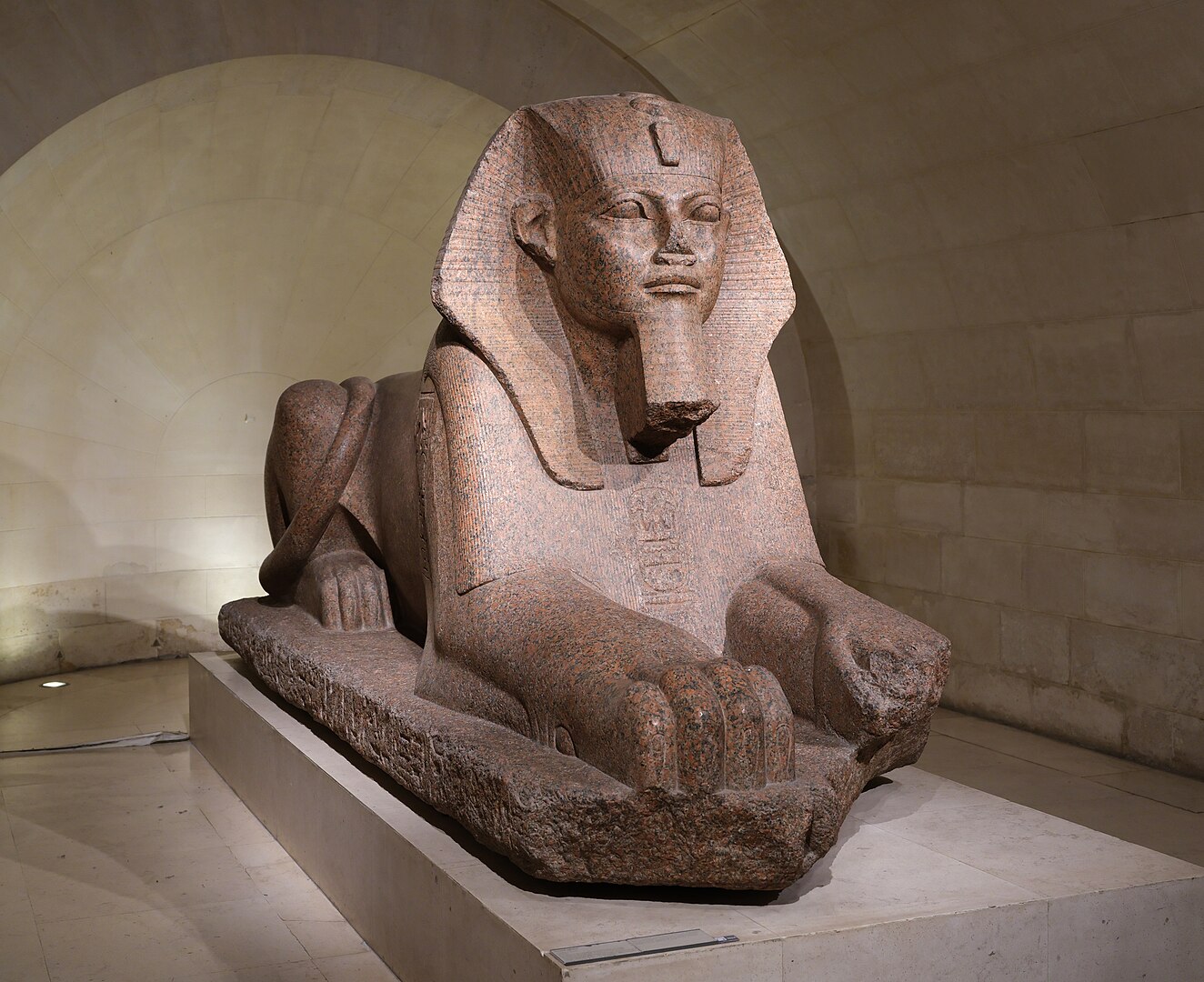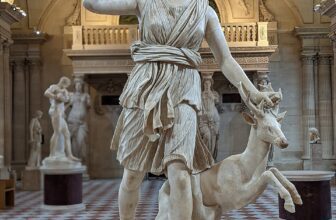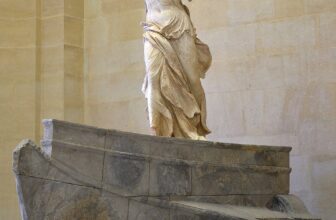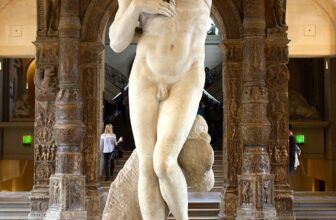
The Sphinx of Tanis: A Mysterious Relic of Ancient Egypt
The Sphinx of Tanis is one of the most enigmatic and fascinating relics of ancient Egypt. Often overshadowed by its larger and more famous counterpart, the Sphinx of Giza, this majestic sculpture has captivated historians, archaeologists, and enthusiasts alike for centuries. With its origins shrouded in mystery, its historical significance, and its physical attributes, the Great Sphinx of Tanis remains an extraordinary artifact of a bygone era. But who created this magnificent sculpture? Why is it important? And what secrets does it still hold?
Who Created the Sphinx of Tanis?
Determining the exact creator of the Great Sphinx of Tanis is a complex endeavor. Unlike the Great Sphinx of Giza, which is widely believed to have been commissioned by Pharaoh Khafre during the Fourth Dynasty (c. 2570 BCE), the Great Sphinx of Tanis does not have a definitive attribution to a single ruler.
What we do know is that the Great Sphinx of Tanis dates back to at least the Middle Kingdom (circa 2050–1710 BCE), though some scholars believe it could be even older. The sphinx itself is crafted from granite, a material often used for significant statues and monuments due to its durability. The inscriptions on the sculpture suggest that it may have been repurposed or re-inscribed by multiple rulers throughout different periods of Egyptian history.
One of the pharaohs most commonly associated with the Great Sphinx of Tanis is Amenemhat II (circa 1919–1885 BCE) of the 12th Dynasty. His name appears on the statue, along with references to other rulers such as Merneptah (c. 1213–1203 BCE) of the 19th Dynasty and Shoshenq I (c. 943–922 BCE) of the 22nd Dynasty. This suggests that the sphinx may have been an older artifact that was later claimed by successive pharaohs, a common practice in ancient Egypt.
Why Is the Great Sphinx of Tanis Important?
The Great Sphinx of Tanis is significant for multiple reasons. First and foremost, it provides invaluable insight into the artistic and sculptural traditions of ancient Egypt. Unlike other sphinxes, which are typically carved from limestone, this one is made from granite, indicating that it was intended as a highly prestigious monument.
Additionally, its inscriptions and stylistic features offer clues about the political and religious landscape of Egypt across different dynasties. The fact that multiple rulers left their marks on the statue suggests that it was a symbol of authority and legitimacy, much like other monumental statues of the time.
Moreover, the Great Sphinx of Tanis demonstrates the Egyptian tradition of relocating and reusing older monuments. Many Egyptian artifacts were moved from their original locations for political or religious reasons, and this sphinx is no exception. It is believed that the sphinx was originally placed in the city of Tanis but was later transported to various locations. Today, it resides in the Louvre Museum in Paris, where it continues to captivate audiences from around the world.
Is the City of Tanis Real?
Yes, Tanis was a real city, and it played a crucial role in ancient Egyptian history. Located in the northeastern Nile Delta, Tanis rose to prominence during the Third Intermediate Period (c. 1070–664 BCE). It served as the capital of Egypt during the 21st and 22nd Dynasties and was an important religious and political center.
Tanis was home to magnificent temples, royal tombs, and colossal statues, many of which were relocated from earlier cities such as Pi-Ramesses. The city was particularly associated with the worship of Amun-Ra, and its rulers sought to establish legitimacy by linking themselves to the powerful religious traditions of Thebes.
However, over time, Tanis declined in significance, and much of the city was abandoned. Today, its ruins remain a valuable archaeological site, revealing remnants of a once-thriving metropolis. Excavations at Tanis have unearthed stunning artifacts, including sarcophagi, jewelry, and statues, many of which provide clues about the Great Sphinx of Tanis and its origins.
What Is Missing from the Great Sphinx of Tanis?
Much like the Great Sphinx of Giza, the Great Sphinx of Tanis has suffered damage over the centuries. The most noticeable feature missing from the statue is its nose, a common fate for many Egyptian sculptures. While the exact cause of the damage remains unknown, it is possible that the nose was deliberately removed, either as an act of political defacement or religious iconoclasm.
In addition to the missing nose, the sphinx’s facial features have been eroded over time, likely due to exposure to natural elements. The body, though still largely intact, shows signs of weathering and damage, further adding to the mystery surrounding its history.
Where Is the Great Sphinx of Tanis Now?
Today, the Great Sphinx of Tanis is housed in the Louvre Museum in Paris, France. It is one of the most prominent Egyptian artifacts in the museum’s collection, drawing thousands of visitors every year. The sphinx was moved to the Louvre in the 19th century, during the height of European expeditions and excavations in Egypt.
At the Louvre, the sphinx is displayed in the Department of Egyptian Antiquities, where it continues to be a subject of study and admiration. Its presence in the museum has helped shed light on ancient Egyptian civilization, allowing scholars and the public to appreciate the artistic and historical legacy of this extraordinary sculpture.
The Great Sphinx of Tanis remains a powerful testament to the grandeur of ancient Egypt. Its origins, though still shrouded in mystery, point to a time when rulers sought to immortalize their legacies through monumental art. Its journey, from Tanis to the Louvre, highlights the fascinating ways in which artifacts are rediscovered, repurposed, and preserved over time.
Though missing parts of its original form, the Great Sphinx of Tanis continues to stand as a silent witness to Egypt’s rich and complex history. Whether viewed as a masterpiece of craftsmanship, a symbol of royal power, or an archaeological enigma, this remarkable sculpture ensures that the spirit of ancient Egypt endures, captivating new generations with its timeless mystery and grandeur.




